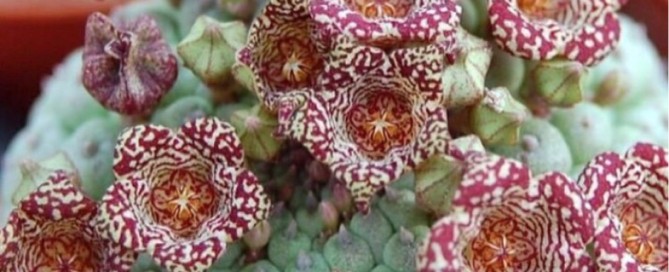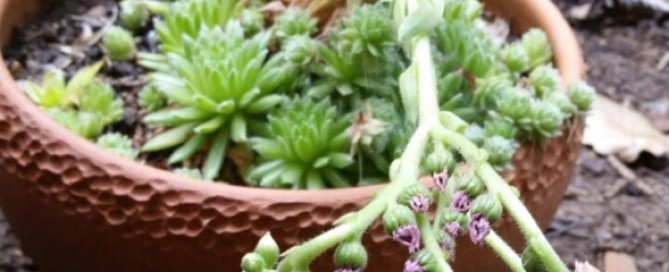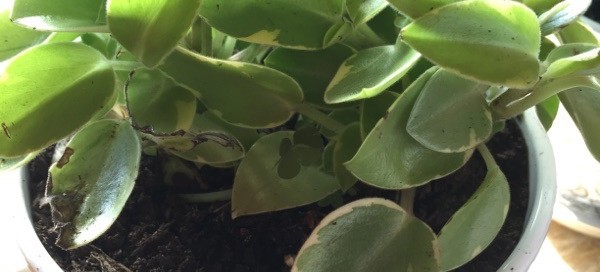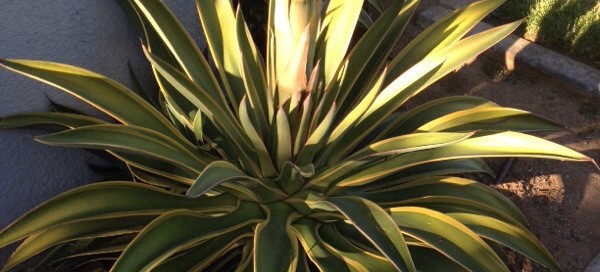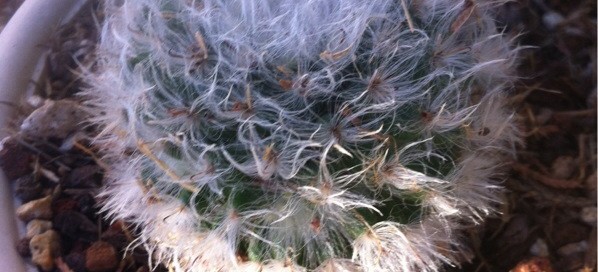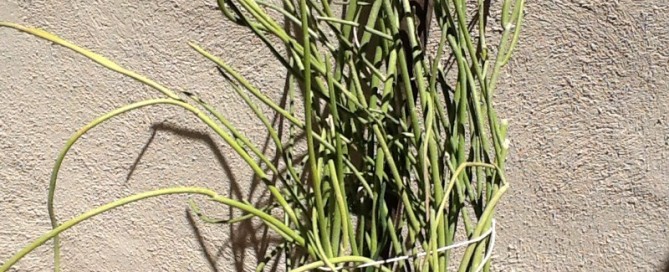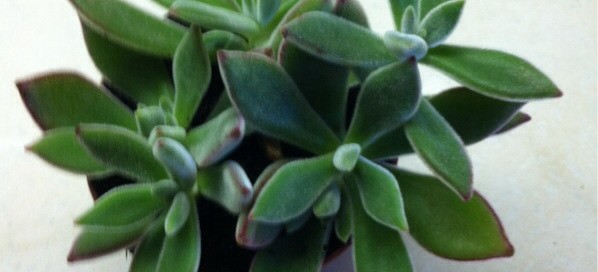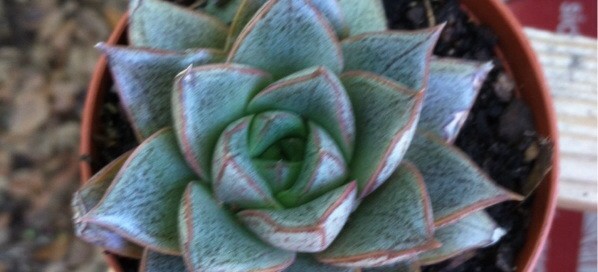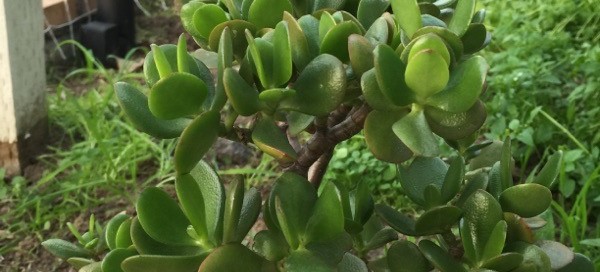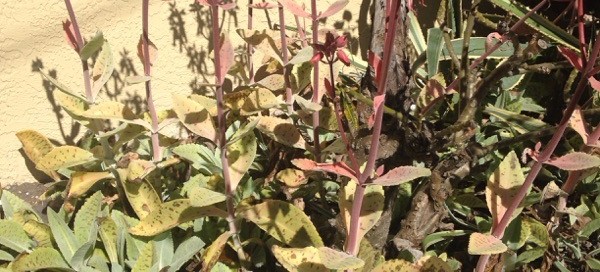Apple Milkweed
This very unusual succulent is a type of Stapeliad in the milkweed family Apocynaceae, and is native to Southern Africa, from central Botswana into south-western Namibia. It can also be found under an older name of Trichocaulon meloformis. It is a slow growing species of relatively easy culture, water normally in the growing season, but do not overwater (very wet-sensitive, especially in light of its small root system). Water thoroughly only if soil is dry to the touch, let soil dry in between to prevent root rot, keep dry in the winter with ample airflow. It should be planted in a well draining cactus type soil. During the spring it may be able to take full sun until the heat arrives at the end of spring. In an area that has hot afternoon sun, it may be able to take full morning sun, but requires afternoon shade or afternoon light shade. If grown correctly, it will have generous displays of flowers in the summer. It is quite frost resistant if kept dry, hardy as low as -5° C (23° F).
